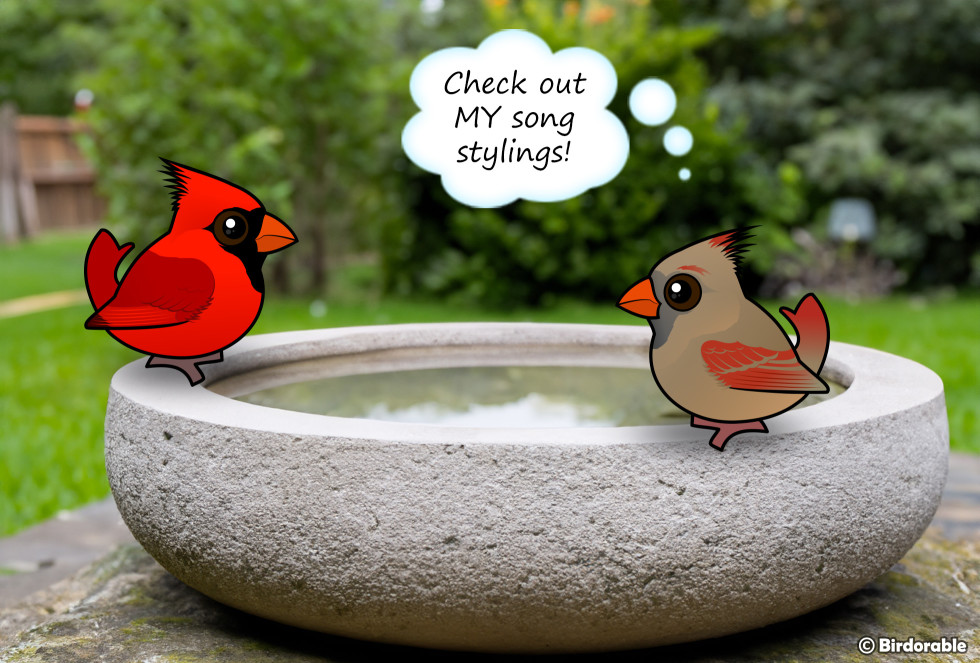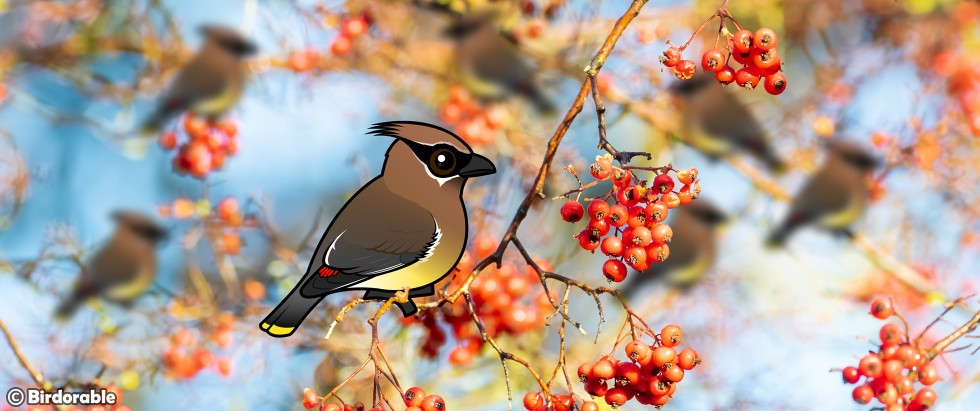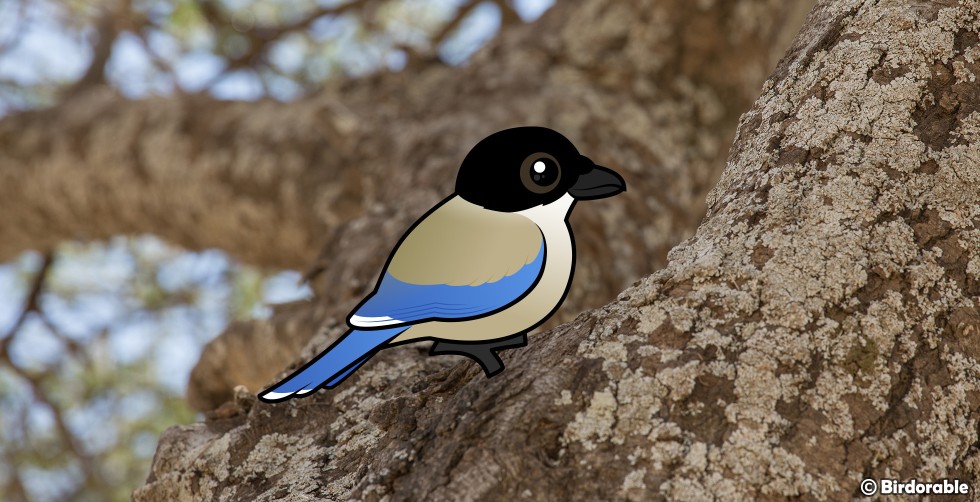The Azure-winged Magpie, a member of the crow family, is an enchanting bird that captures the imagination with its striking coloration and intriguing geographical distribution. With the classic shape reminiscent of a European Magpie but displaying a more slender profile, these birds boast a blend of elegance and mystery that is hard to overlook. The black caps sitting atop their heads contrast beautifully with the vivid azure blue of their feathers, creating a visual spectacle that is both striking and serene.
One of the most fascinating aspects of the Azure-winged Magpie is its highly unusual distribution. In Europe, this bird finds its home exclusively in the southwestern part of the Iberian Peninsula, a notably small area when considering the bird's overall global presence. However, what truly piques curiosity is the existence of another population of Azure-winged Magpies living more than 5,000 miles away in eastern Asia, spanning across China, Korea, Japan, and Mongolia. The vast distance separating these two populations presents a biological and historical puzzle that has intrigued scientists and bird enthusiasts alike.
The mystery of their separated populations has sparked various theories over the years. One possibility is that their range was once continuous, stretching from Europe to Asia, but was fragmented, perhaps by climatic changes such as an Ice Age. Another theory suggests human intervention, proposing that early explorers might have transported the birds from the Far East to Spain and Portugal. However, recent genetic analyses have provided fascinating insights, indicating that both populations indeed share a common ancient ancestor but were separated well before the age of European exploration in the Far East. This revelation adds a layer of deep historical mystery to the narrative of these birds, suggesting a separation that occurred thousands of years ago, for reasons still not entirely understood.


































